Steel Pipe Flange
Range of Sizes: 1/2” to 40”, DN10 to DN3000 of steel flanges
Range of Thickness: SCH5 to SCH160 of steel flanges
Pressure range for steel pipe flange: Class 150, Class 300, Class 600, Class 900, Class 1500, Class 2500, from PN 0.6Mpa to PN 42Mpa
Type of Ends: Rased Face – RTJ – Flat Face
Steel pipe flanges are components used to connect pipes, valves, and other equipment in piping systems. They provide a strong and secure joint, allowing for easy assembly and disassembly of the piping system. Flanges come in various types and sizes, designed to fit specific applications and pressure ratings.
Typically made from carbon steel (ASTM A105), Alloy steel (ASTM A182), and stainless steel (304L, 316L) In different dimensions and pressure class.
Why Steel Flanges are Used:
- Connection:
- Flanges provide a reliable method to connect pipes, valves, and equipment, ensuring a secure joint that can handle the pressure of the fluids flowing through the system.
- Ease of Assembly and Maintenance:
- Flanges allow for easy assembly and disassembly, making maintenance, inspection, or replacement of pipe sections straightforward.
- Pressure Resistance:
- They are designed to withstand high pressures and temperatures, ensuring the integrity of the piping system under various operational conditions.
- Flexibility:
- Flanges facilitate the addition of components such as valves, gauges, or other lines, providing flexibility in adapting the pipeline layout.
How Steel Flanges Work:
- Installation:
- Flanges are typically welded or bolted onto the ends of pipes. For welded flanges, the flange is attached to the pipe’s end through welding, providing a strong bond. For bolted flanges, they are aligned and fastened together using bolts and nuts, often with a gasket in between to ensure a tight seal.
How many parts included in a flange connection?
A flange connection typically includes several key parts:
- Flanges: The main components that are bolted together. There are usually two flanges, one on each side of the connection.
- Gasket: A sealing material placed between the two flanges to prevent leaks. It compresses when the flanges are bolted together.
- Bolts: Used to fasten the two flanges together. The number and size of bolts depend on the flange size and pressure rating.
- Nuts: These are paired with the bolts to secure the flanges tightly together.
- Washers (optional): Sometimes used under the nuts to distribute the load and prevent damage to the flange surface.
In summary, a typical flange connection consists of two flanges, a gasket, bolts, and nuts, with optional washers.
Failure modes
- Leakage:
- Often caused by improper installation, inadequate torque on bolts, or gasket deterioration, leading to fluid loss and potential safety hazards.
- Gasket Failure:
- Gasket material can degrade due to temperature fluctuations or chemical exposure, resulting in loss of sealing capability.
- Bolt Failure:
- Over-tightening, corrosion, or fatigue can lead to bolt breakage, compromising the integrity of the flange connection.
- Flange Warping or Cracking:
- Excessive thermal stress or manufacturing defects can cause flanges to warp or crack, leading to misalignment and leakage.
- Corrosion:
- Exposure to corrosive substances can weaken flange material over time, leading to structural failure.
- Fatigue Failure:
- Repeated loading and unloading cycles can cause material fatigue, resulting in cracks and potential failure.
- Improper Alignment:
- Misalignment during installation can lead to uneven stress distribution, increasing the risk of leakage and mechanical failure.
Understanding these failure modes is crucial for maintaining the integrity of flange connections in piping systems. Regular inspection and proper installation can help mitigate these risks
Flange types
According to the connection way between the pipe and flange, the flange can be divided into the following five basic types:
Slip on Flange
Weld Neck Flange
Socket Weld Flange
Thread Flange
Blind Flange
DN Flange
Slip-on Flange
The slip on flange welding also simplified as SO flange. It is used by inserting the pipe into the inner hole of flange, as the flange inner diameter is little bigger than the pipe’s OD, the parts could be connected by lap welding at the top and bottom of the flange. Slip on steel pipe flange is normally with raised face (RF) or flat face (FF), and also available in TG and MFM.
Most used pipe flange
Slip on pipe flange is suitable for the lower pressure, general temperature and normal circumstance pipelines. It is easy to install and with lower cost/price, has been most used in the common industries.
Weld Neck Flange
Weld neck flange (WN flange) usually has two kinds of designs. High-hub flange and tapered-hub flange, former one is the regular type and used in connecting pipelines. The neck of welding neck flange can be directly welded to the pipe end. WN flange has the advantage of convenient construction, high strength and good sealing performances. It is also widely used in different pressure pipelines.
Threaded Flange
Threaded flange is the flange with threads in it’s inner surface, as to connect the threaded pipe. The advantage of this connection type is non-welding, so it is very convenient to install, and easy to repair. Threaded flange could be made of alloy steel, which has higher strength but bad welding performances. On the other hand, it could not used in extreme conditions as the temperature mroe than 260 ℃ or lower than -45℃, to avoid leakage.
Socket Weld Flange
Socket weld flange (SW flange) is similar to the slip on flange, but the different part is is socket weld flange one side welded with the steel pipe, and the other side is connected with studs. Generally SW flange is used for small diameter pipes.
Lap Joint Pipe Flange
The lap joint pipe flange is that set the flange on the pipe end by using steel ring and flanging. The flange could be moved at the end of the pipe. Steel ring or flanging is the sealing surface, with flange to press them together. Because of the steel ring or the flanging block, the lap joint flange will not contact with the liquid. So it is applicable to corrosion resistant pipelines.
Blind Flange
Blind flange is like a solid disk without whole in the middle, only with mounting holes (for connecting purposes) functioned to block off the pipelines to stop the flows.
Sealing types
According to different pipeline pressure and seal gasket type, there are different sealing surface types for steel pipe flange.
Flat face (FF) pipe flange
It is suitable for less pressure occasion.( PN≤1.6MPa).
Raised face (RF) pipe flange
Sealing surface structure is simple and smooth, and easy for machining. Meanwhile it’s easy to carry out anti-corrosion lining.
However, the contact area is larger, the gasket will become squeeze on both sides easily as pre-loading. Then it will not easy to press.
Male-female (M/F) face flange
It is composed of a convex and concave surface, placing the gasket on the concave. It can prevent the gasket from being extruded. So Male-female face flanges can be applied to the higher pressure occasions.
Tongue-groove (T/G) face steel flange
The touch surface is made of tongue and groove. The gasket is placed in the slot, and it cannot be squeezed.
Comparing RF and MFM, T/G face flange can obtain good sealing effect. The structure and manufacturing of flange are more complex.
It is difficult to replace the gasket in the slot. Tongue and groove seal face is suitable for flammable, explosive, toxic medium and high pressure occasions.
Standards of steel pipe flange
Steel flange standards include European standards and American standards. Because of different dimensions, these two systems cannot interchange. American countries and China mainly adopt ASME or ANSI. Flange pressure rating in ASME could be divided into 150, 300, 600, 900, 900, 1500, 2500 grades.
Common ASME standard for flanges:
ASME B16.5
Standards for pipe flanges and flanged fittings. (Covers sizes from NPS 1/2 through NPS 24 Metric/Inch including pressure-temperature ratings, materials, dimensions, tolerances, marking, testing, and methods of designating openings for pipe flanges and flanged fittings.)
ASME B16.48
Standard for Line Blanks. (It covers all specifications for operating line blanks in sizes NPS 1/2 through NPS 24 for installation between ASME B16.5 flanges in the 150, 300, 600, 900, 1500, and 2500 pressure classes.)
ASME B16.47
Large Diameter Steel Flanges NPS 26 through NPS 60 (It covers all specifications for pipe flanges in sizes NPS 26 through NPS 60 and in ratings Classes 75, 150, 300, 400, 600, and 900.)
Pipeline Flange material specification
Pipeline Flange are commonly used for carbon steel, alloy steel and stainless steel.
Frequently used material as below:
Carbon steel: STM A105
Alloy steel: ASTM A182 F11, F22, LF2
Stainless steel: 304/L, 316/316L
We supply carbon, alloy, stainless steel pipe flange in different dimensions and pressures
Octal Supply flanges in below ranges:
Range of Sizes: 1/2” to 40”, DN10 to DN3000 of steel flanges
Range of Thickness: SCH5 to SCH160 of steel flanges
Pressure range: Class 150, Class 300, Class 600, Class 900, Class 1500, Class 2500, from PN 0.6Mpa to PN 42Mpa
Type of Ends: Rased Face – RTJ – Flat Face
Steel Flange Material Standards and Grades
Carbon steel flange standards: ASTM A105, ASME A/SA 105, 350LF 2
Stainless steel flanges standards: F304, 304L, 309S, 309H, 310S, 316, 316L, 317, 317L, 321, 321H, 347, and 904L
Alloy steel flange standards: ASTM A182, ASME A182, ASME SA182, ASTM A182 F1, F11, F12, F22, F5, F9, F91
ASME B16.5, ASME B16.47, ASME B16.48, AWWA C207, MSS SP-44,
More standards available in: DIN2573, DIN2577, DIN2630, DIN2631, DIN2632, DIN2533, DIN2634, DIN2635, DIN2636
BS4054, BS3293, EN1092-1, ISO 7005
JIS B2220
HG/T20592, HG/T21516-21518
Steel Flange Applications
Steel Pipe Flange is a kind of pipe fitting to connect two pipes, or pipes and valves, or the equipment. The holes on the flange connected by the steel studs, then use the gasket in the middle for sealing between two flanges. So by the different application and style, there are slip on flange, blind flange, socket weld flange, threaded flange, weld neck flange and reducing flange.
Octal offers steel pipe flange with various kinds and applicable to different industrial areas, Oil & Gas transportaion, Chemical Plant, Power Station, Water Treatment, Refining etc.
ASTM A105, ASTM A182


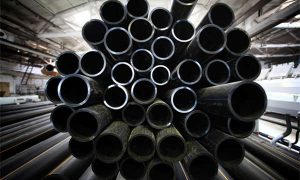




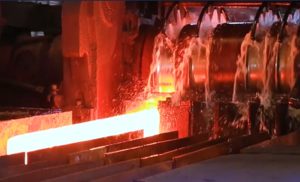









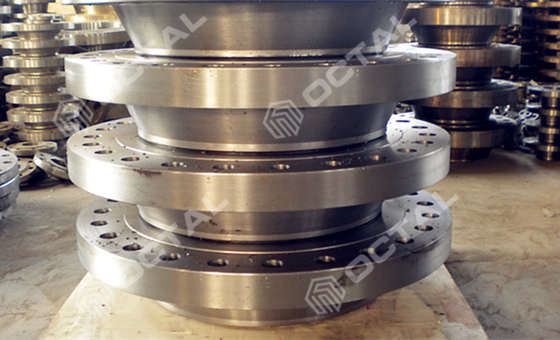
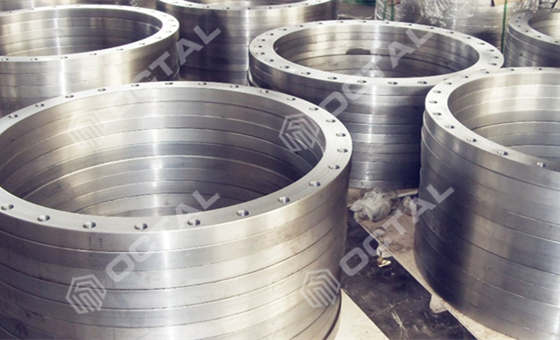


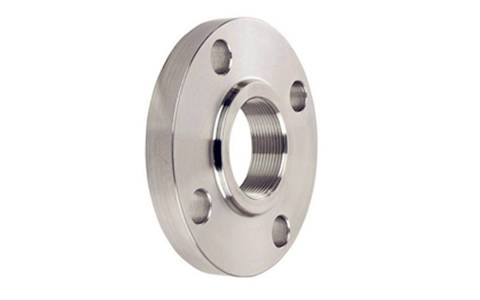



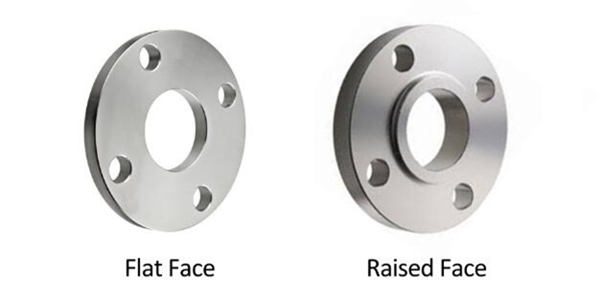








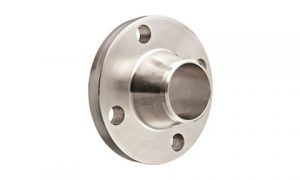
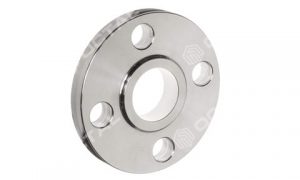


Recent Comments